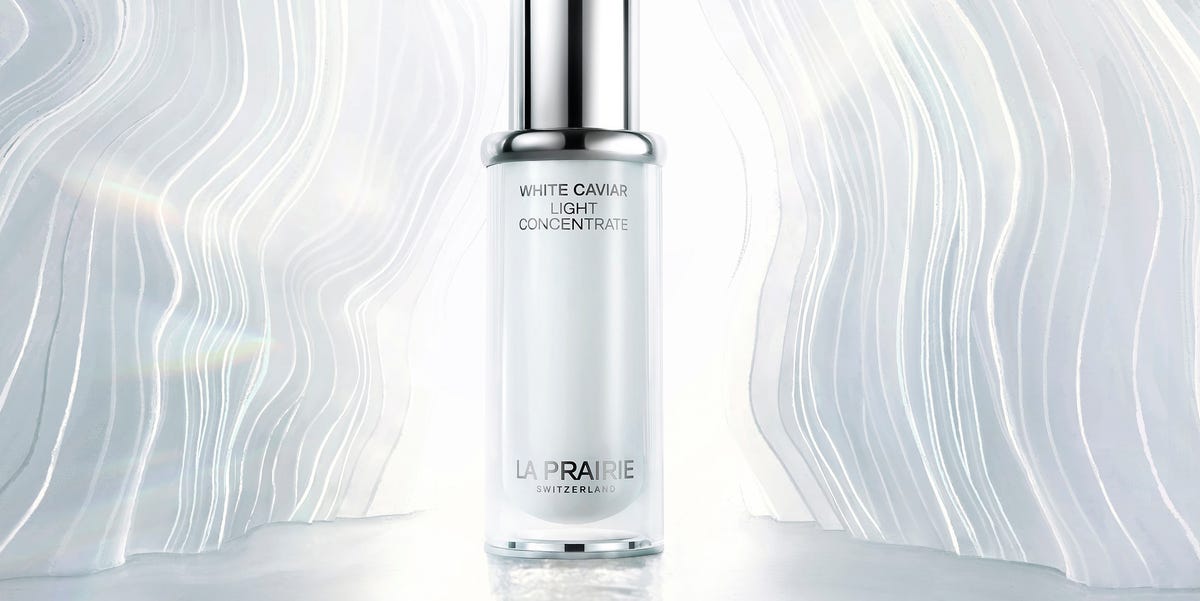Of Course You Can Bake Without Eggs. Vegan Pastry Chefs Tell Us How.


From mashed fruit to chickpea liquid, egg replacement options abound
When it comes to egg replacements, “you’re always kind of looking for a goo,” says Lars Varley. They’re the chef de cuisine at the New York City restaurant HAGS, which offers omnivore and vegan tasting menus. Eggs are essential goo, Varley explains: In baking, they perform multiple functions, like binding and adding moisture, fat, and aeration.
But whether it’s because of allergies, personal ideology, or economic concerns, baking with eggs isn’t always possible. Accordingly, “when you’re looking to replace them, you have to break down what of the things that an egg does is really highlighted in the recipe,” says Varley, who is very experienced in vegan baking, having grown up mostly vegan. The options are abundant, spanning from au naturel mashed fruits to food science-y egg replacer blends. Here are the basics on baking with egg replacements, according to vegan pastry chefs.
Flaxseed
The flax “egg” is a common and easy swap. To make it, you mix 1 tablespoon of ground flaxseed with 2 ½ tablespoons of water and let it sit for around 10 minutes until it thickens into a goo. (Chia seeds work similarly, with the same ratio and goo-making properties.) The mixture can then be used in place of one egg. For Kym Estrada, the owner of San & Wolves, a vegan Filipino bakery in Long Beach, California, flax is the default when she’s developing a recipe. “It’s tried and true!” she says.
Flax doesn’t trap air or create lift in the way that eggs do, but it’s sticky and excels at binding. Varley explains that it can also add density that lends itself well to heartier foods like muffins and cookies, in which an aerated crumb is less of a priority. But because flax has a nutty flavor, Varley tends to reach for it in baked goods with enough flavor to overpower the flax, like chocolate cake and carrot cake or darker, chewier cookies.
Those use cases also help hide the flecks that flax inevitably lends to a bake, Varley notes. In their experience, people judge by visuals first, especially when it comes to vegan desserts or ones with substitutions. Ensuring that the appearance doesn’t diverge from expectations helps keep people open-minded, Varley says.
Applesauce or mashed bananas
The biggest argument in favor of applesauce and mashed bananas as egg replacements is that you might already have them. The general rule of thumb is to use ¼ cup of applesauce or one mashed ripe banana per egg. These work well for binding and moisture, as I recently discovered while testing a successful egg-free banana bread recipe.
However, these fruit-based swaps aren’t useful for adding lift in the way eggs do and both have a very noticeable flavor that can be hard to hide. Varley tends to use them in baked goods in which the banana or apple flavor is a featured component. Bananas can also contribute to a denser texture, Varley notes. And according to the applesauce company Musselman’s, it’s also worth keeping in mind that applesauce won’t work well in recipes that require substituting more than three eggs.
Aquafaba
Aquafaba, the liquid from cooked chickpeas, is the rare ingredient that can emulate egg whites. “It can be used as a binder, lifting agent, [and for] structure, but I think people most love it for how it can whip into a meringue, which is what we use it for at our bakery,” says Estrada. Aquafaba is what makes egg-free fluffy waffles, macarons, madeleines, and pavlovas possible.
The standard conversion is three tablespoons of aquafaba per large whole egg or two tablespoons per egg white. Some bakers, like Nikki Arce of the vegan pop-up bakery Camellia Patisserie in Portland, Oregon, like to cook down aquafaba by half to concentrate the protein and lessen the liquid, making it more like an egg. One can of chickpeas generally yields about ½ cup of aquafaba.
The thickness and texture of aquafaba can vary depending on the brand of canned chickpeas, so if you find one you like, stick with it, or else you might have to tweak more on the fly. Arce has found out the hard way that chickpeas cooked with baking soda result in aquafaba that doesn’t whip well. Of course, using aquafaba also means contending with leftover chickpeas. Though powdered aquafaba can solve some of these issues, it can be harder to source. As of this writing, Happy Dance, a hummus company, sells one.
Arce says that the hardest part of learning to work with aquafaba was learning to stabilize it for meringues. She likes slowly adding sugar, as you would with any meringue, or using xanthan gum. After testing a few options, the recipe developer Nik Sharma also found that cooking the chickpeas with kombu, a natural source of carrageenan, yields good results. (Some brands, like Eden, use kombu for their chickpeas, Sharma notes.)
Store-bought egg replacer powder
Some companies sell mixes billed as “egg replacer,” which are designed to have similar nutritional compositions to eggs. The version from Bob’s Red Mill is a blend of potato starch, tapioca flour, baking soda, and psyllium husk (the latter ingredient can also be added to water to make an egg replacement gel). Estrada is a fan, and uses the mix in pastries that need moisture and chewiness. “It binds but also adds moisture to things like cake and brownies,” she explains. Bob’s Red Mill recommends different ratios depending on whether you’re substituting a whole egg, egg whites, or egg yolks, but specifies that the mix can’t be used for whipped egg white applications.
Another popular mix comes from the company Ener-G. Unfortunately, Varley says, it’s increasingly hard to find. Inconsistent availability is why Varley doesn’t like having to rely on a branded mix, as useful as these blends can be for day-to-day baking. And because formulas can vary between brands, recipes developed using one might not always work seamlessly with another product.
Just Egg
Just Egg is a mung bean protein-based product that’s the closest thing on the market to liquid eggs. Though it can be used to good effect to imitate scrambles and omelettes and to create a custardy French toast, Estrada cautions that it’s generally not intended for baking. Some people seem to like using it with cookies and boxed cake mixes, though it’s higher in price and more perishable than the other options listed here.
Potato protein
Arce learned about potato protein — not to be confused with potato starch, which features in some store-bought egg replacer powders — in Europe and now prefers it over aquafaba for aerating vegan baked goods. The powder is consistent and doesn’t require buying cans of chickpeas and cooking down the liquid.
But the downside, especially for home cooks, is that it can be harder to source. As of this writing, it’s easiest to order from Spain, but it’s not cheap. Although potato protein peptide powder is available on Amazon, that appears to be geared toward building muscle, not replacing eggs, and likely won’t function the same as potato protein.
Work around eggs completely
For cakes, both Varley and Estrada prefer to start with the chemistry of the recipe itself, as opposed to considering a recipe written around eggs and making a swap. Both bakers like using leaveners such as baking powder and/or baking soda in conjunction with non-dairy milk to which vinegar has been added, which allows it to function like buttermilk. The reaction between the acidic milk and the powders leavens and creates the structure of a cake. This is especially useful for vanilla cakes, Varley says: “Vanilla cake is so neutral, so in that case, I want to keep all of the things that I’m using very neutral.”
Instead of taking your favorite cake and trying to tweak it to cut out the eggs, why not try a new recipe that omits them entirely? It just might become your new favorite.















































































































































































